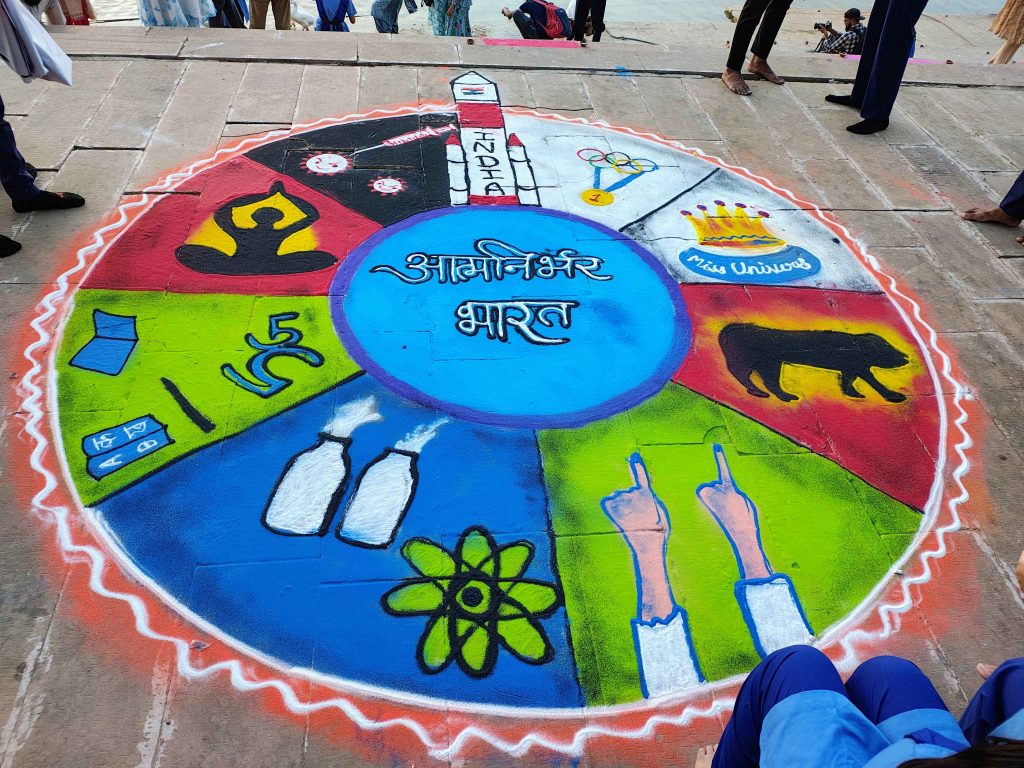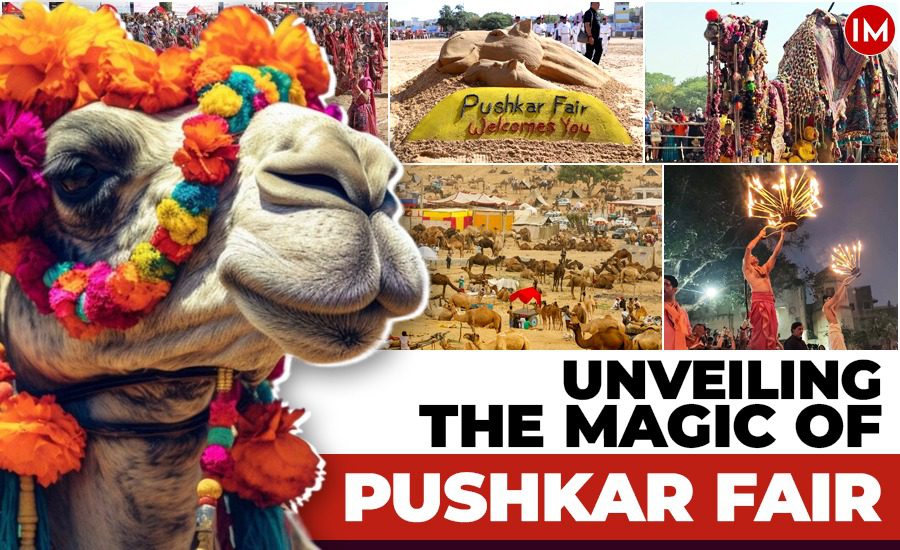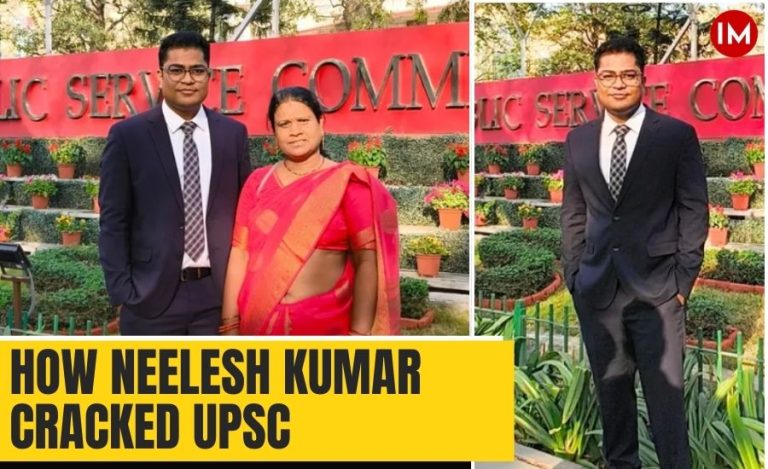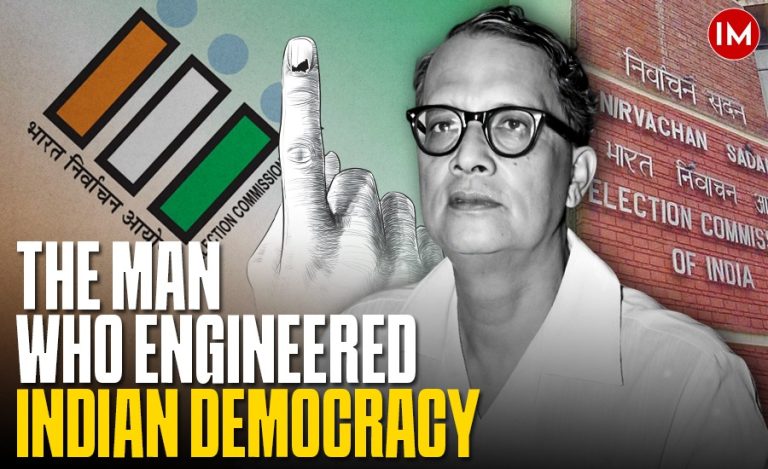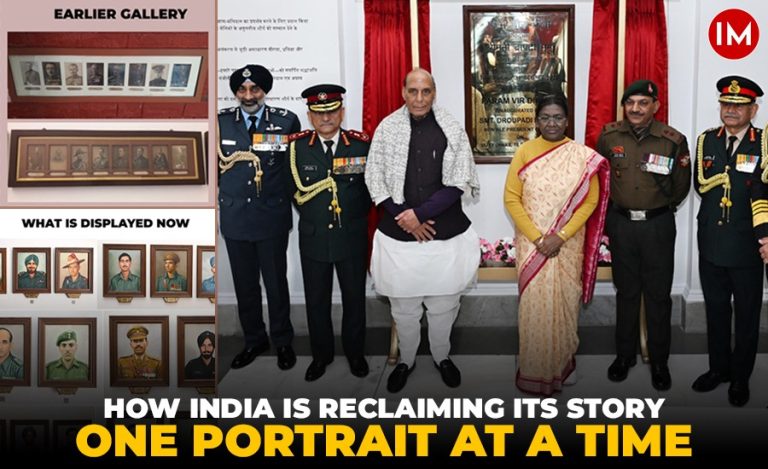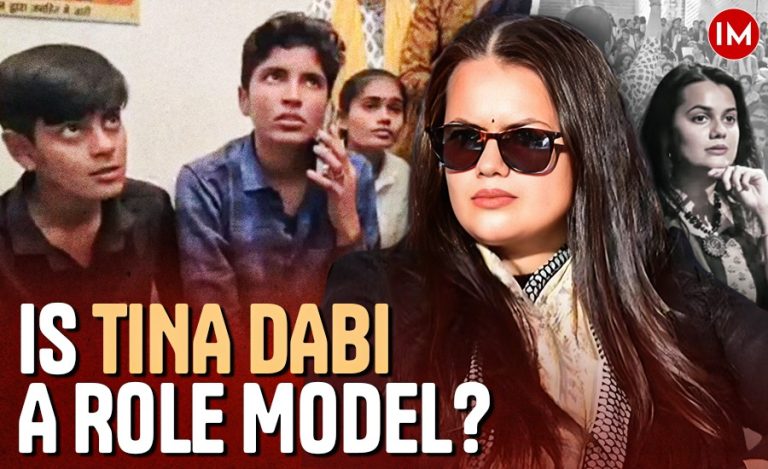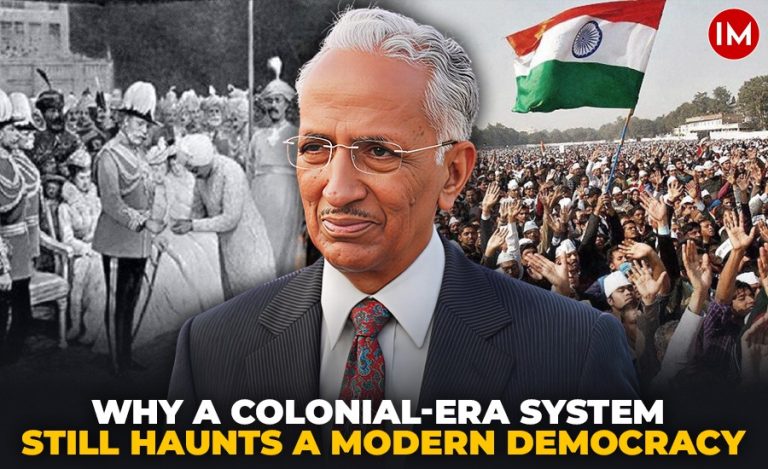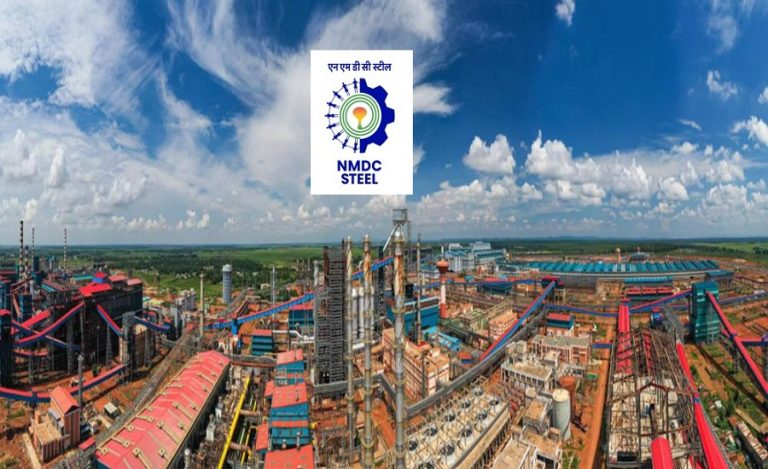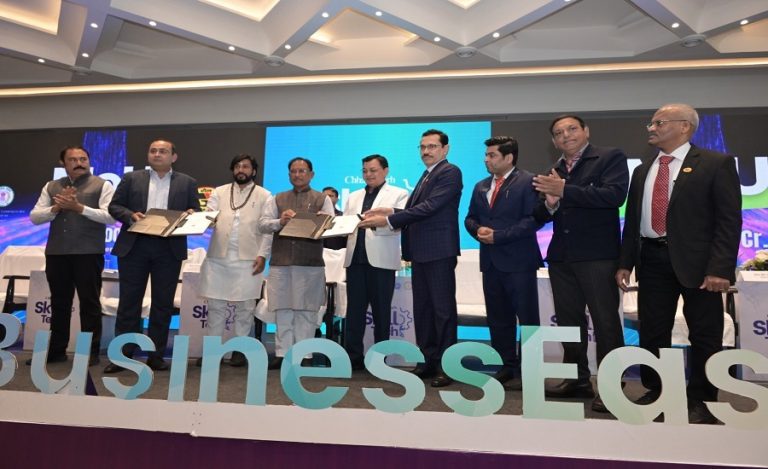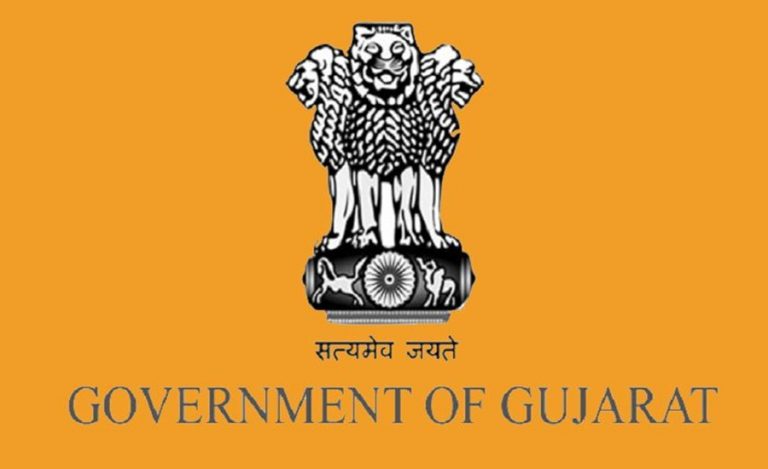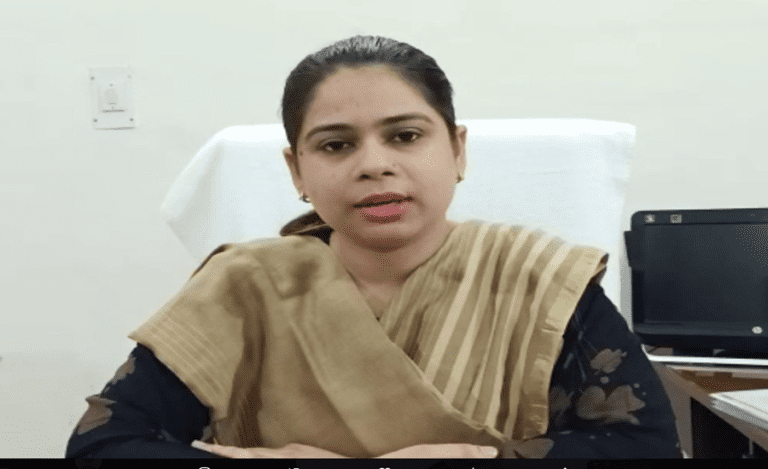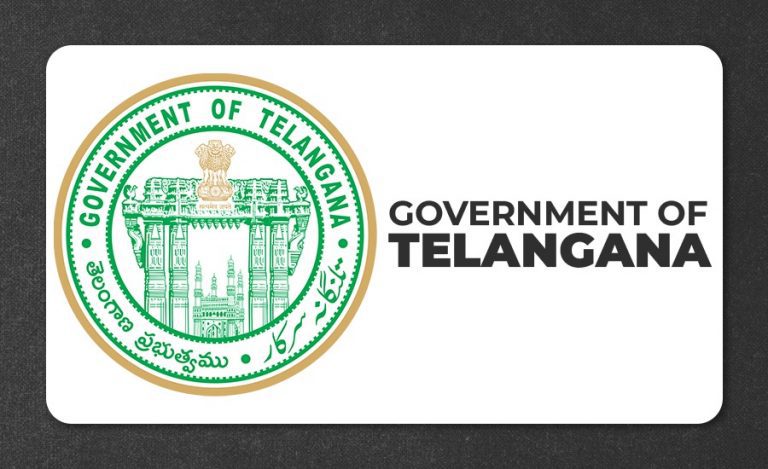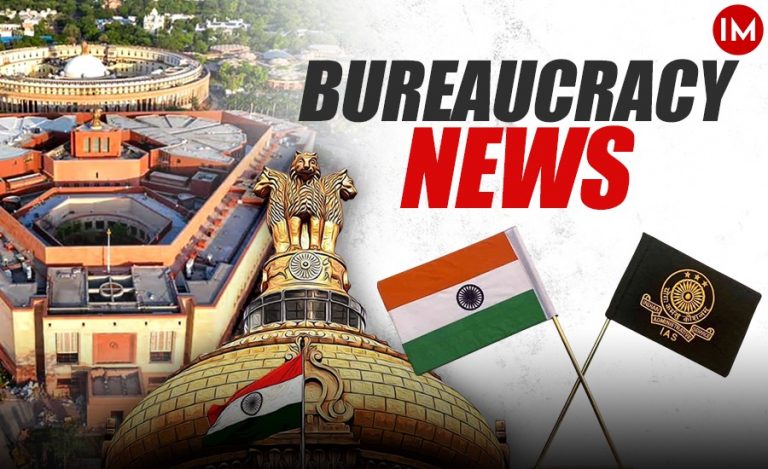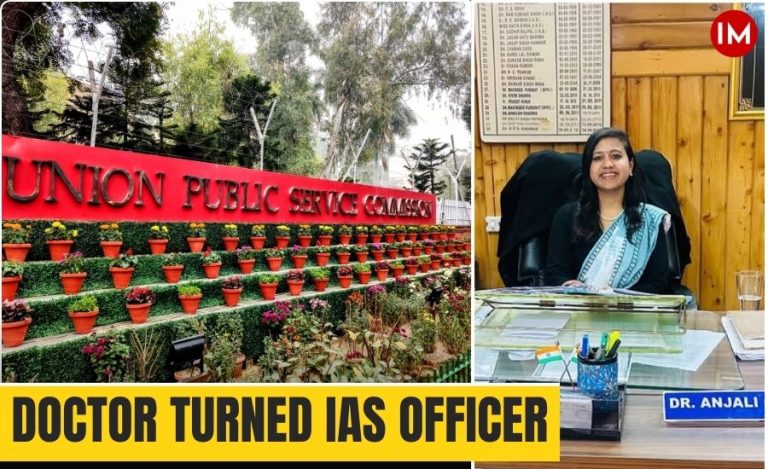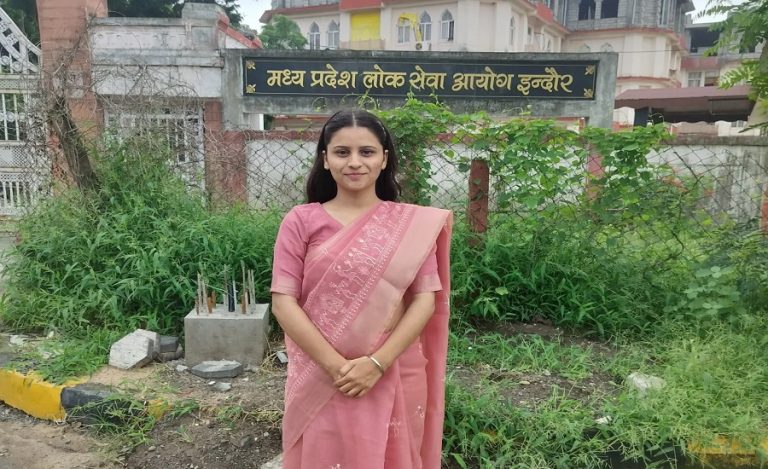Who could have imagined, a century ago, that what began as a local trade event for cattle – like camels and horse – would evolve into one of World’s largest and most unique cultural gatherings? Today, the Pushkar Fair stands as a remarkable celebration of India’s rich traditions, drawing lakhs of visitors from across the country and the world. The event not only showcases the country’s agricultural and livestock heritage but also offers a glimpse into the deep spiritual and cultural significance that has been woven into the fabric of this region for centuries.
The Pushkar Fair, which began on November 9th and will run until November 15th, 2024, is once again drawing visitors to the picturesque town of Pushkar, located on the banks of the Luni River in Ajmer district, Rajasthan. Over the years, this iconic event has evolved into a vibrant confluence of spirituality, art, and culture, attracting people from all walks of life, both from within India and abroad.
One of the fair’s most enchanting sights is the “ship of the desert” – the camel – adorned in brightly colored fabrics by its owners. These magnificent creatures, along with the lively atmosphere and cultural displays, contribute to the visual grandeur of the fair, making it an unforgettable experience for all who visit.
To learn more about this extraordinary fair, Indian Masterminds spoke with Mr Lok Bandhu, the Collector of Ajmer and an IAS officer from the 2015 batch, who shared valuable insights into the event’s significance and the role it plays in preserving Rajasthan’s cultural and spiritual identity.
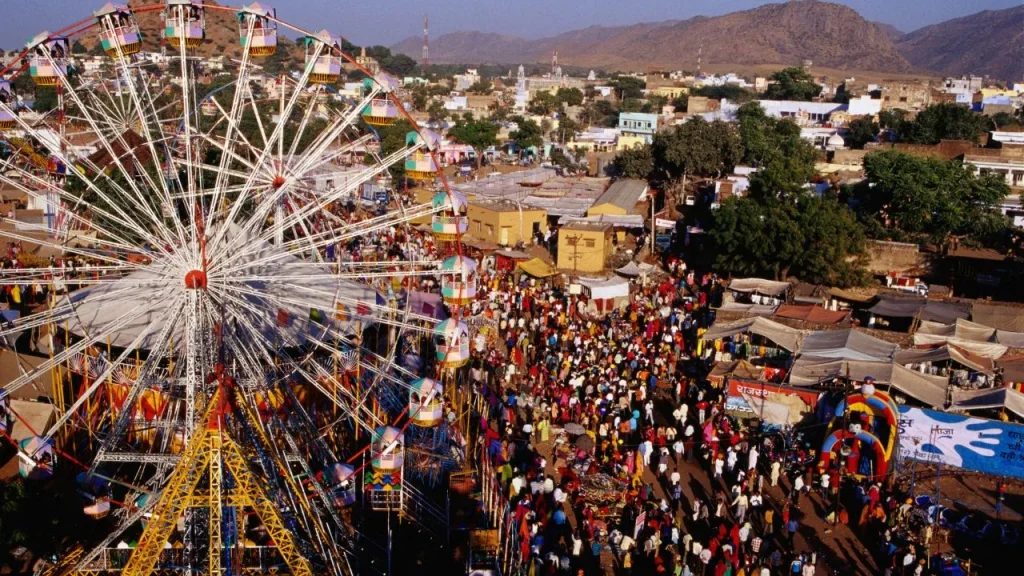
WHY THIS FAIR STANDS APART
The Pushkar Fair holds a global reputation, drawing visitors from all corners of the world. But what makes this fair so unique that it cannot be replicated elsewhere? According to Mr. Lok Bandhu, the answer lies in the fair’s deep-rooted antiquity and its spiritual significance.
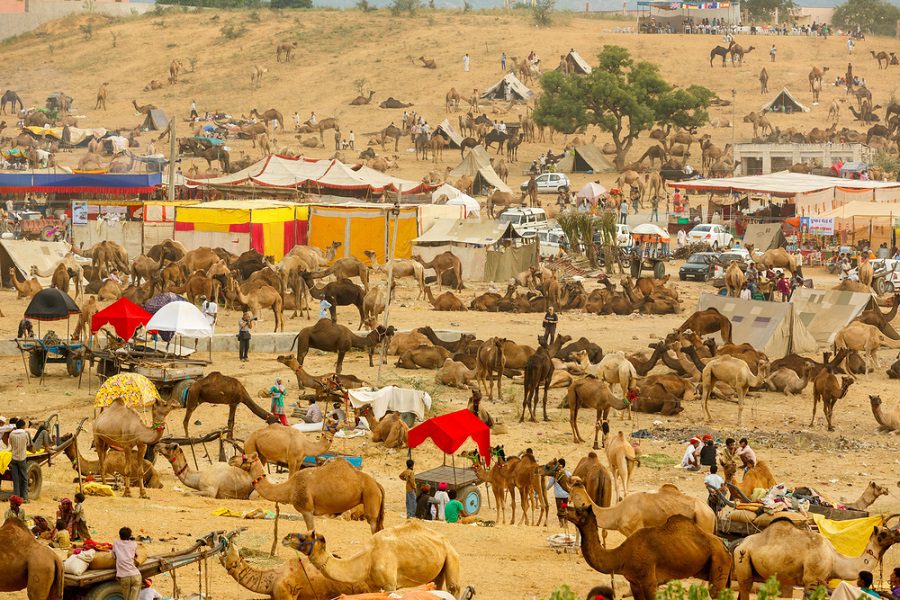
Mr. Bandhu explains, “The reason behind the distinctiveness of this fair is its ancient history and its connection to spirituality. What you experience here is unlike anything you’ll find anywhere else. There is a rare blend of spirituality, local art, and culture that comes together, and the presence of livestock, especially camels, adds to its grandeur. It’s difficult to replicate such a combination in one place. While other regions may have their own specialties and traditions, the unique fusion of art, culture, and spirituality found here is truly one of a kind.”
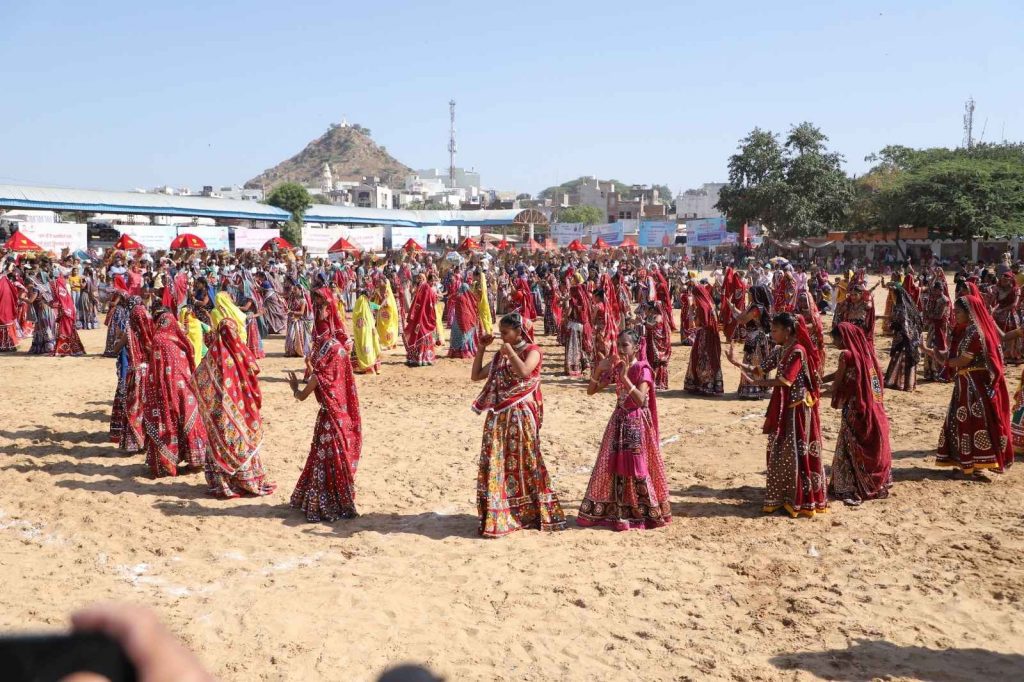
THIS YEARS FAIR
This year’s Pushkar Fair returns to its roots, emphasizing tradition, spirituality, and Rajasthan’s cultural heritage. Reviving its focus on cattle trade, the fair also highlights local art, including a ‘Mandana’ competition where domestic and foreign tourists create designs using cow dung and ochre on the fairground walls.
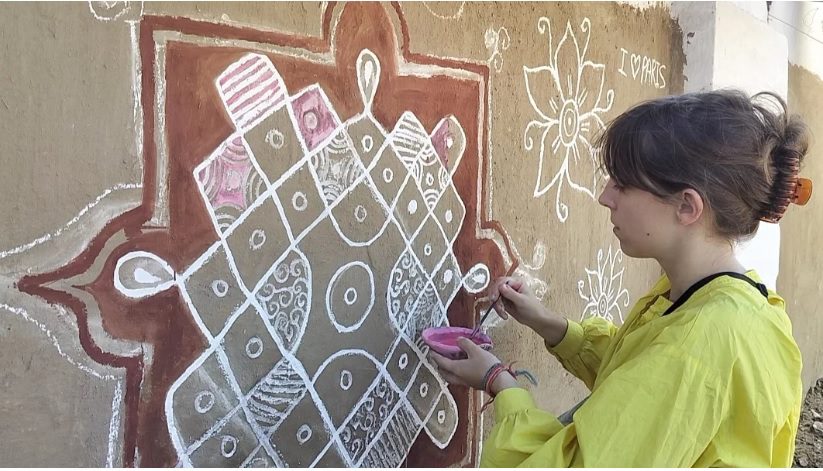
The event’s spiritual focus aligns with the sacred significance of Pushkar, while activities like football matches between local and international visitors allow them to experience Rajasthan’s vibrant identity firsthand. The administration has ensured each aspect of the fair honors the region’s ancient culture, making it a true celebration of history and legacy.
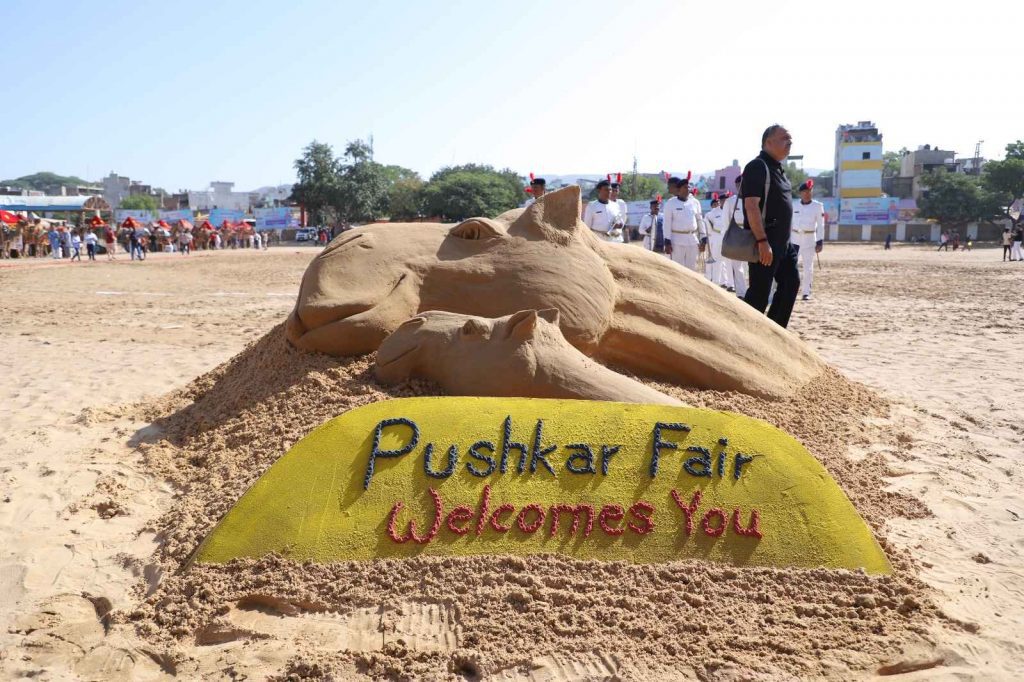
THE SPECIAL PROGRAMS
This year’s Pushkar Fair has taken on a distinctly spiritual tone, with several grand and deeply meaningful programs designed to enhance the sacred atmosphere of the event. Among the standout attractions are the Mahaarati, Deepdaan, and Aadhyaatmik Yatra – all of which have been organized on a much larger scale, adding to the fair’s grandeur.
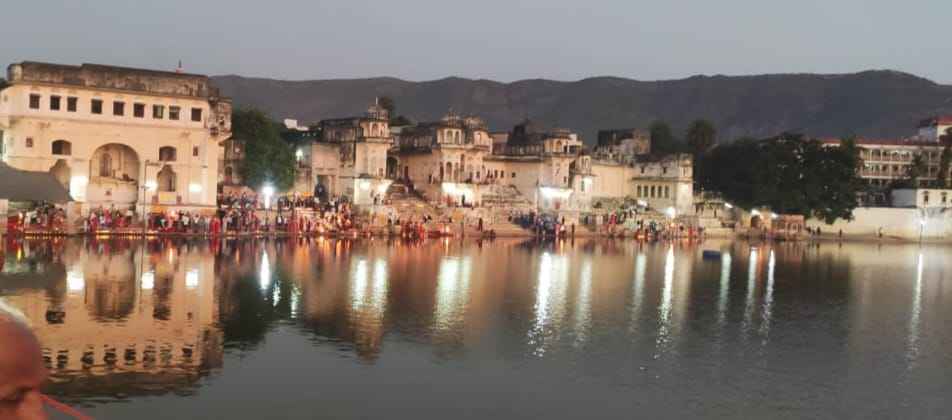
The Mahaarati is being performed daily, offering a powerful spiritual experience for both locals and visitors alike. The Deepdaan ceremony, a beautiful ritual of lighting thousands of lamps, was held at the fair’s opening and will again take place on the day of Purnima, further elevating the spiritual ambiance. These ceremonies are being held at 52 ghats along the sacred Pushkar Lake, making the experience all the more breathtaking.
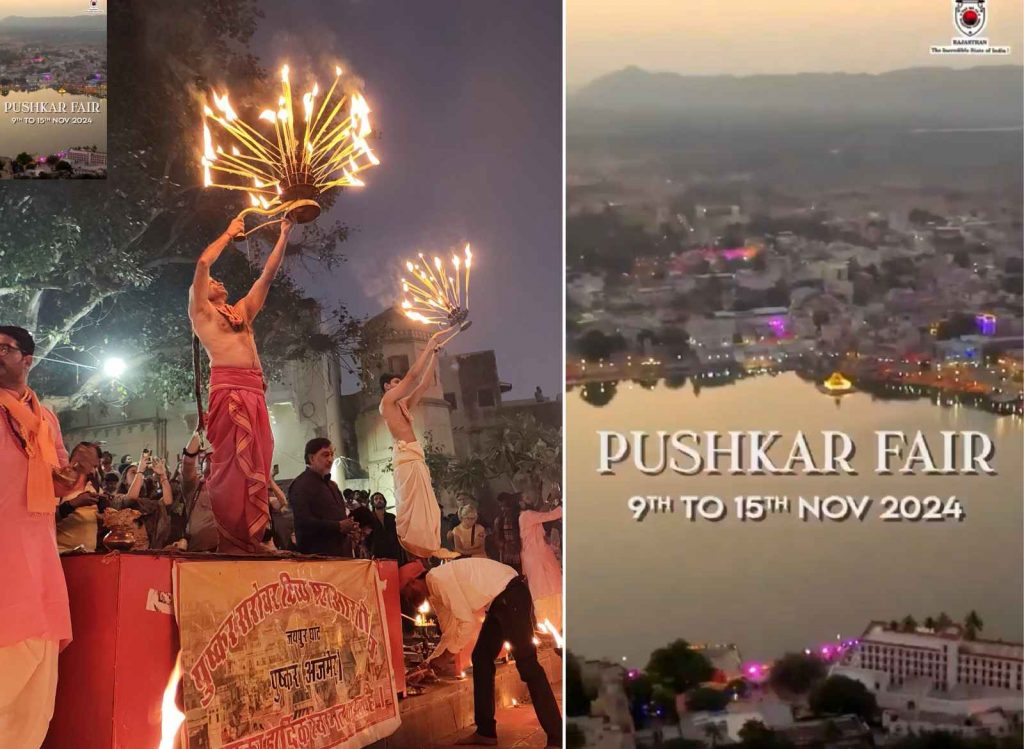
However, the biggest draw this year is the Aadhyaatmik Yatra, a spiritual procession that passes through the city and culminates at the revered Brahma Ji’s temple. Along with these rituals, Bhajan and Dhrupad singing performances are being held at the entry plaza, providing a soulful soundtrack to the fair. Additionally, every evening features cultural programs that showcase Rajasthan’s rich traditions, attracting tourists from all over the world who come to witness the diverse artistry and spiritual significance of the event.
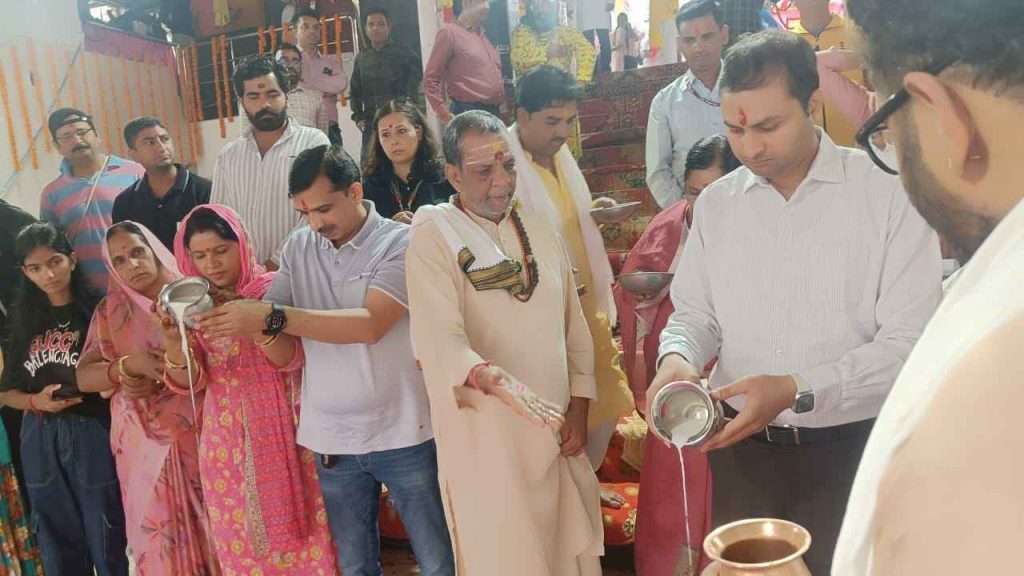
THE CATTLE FAIR
One of the major attractions of the Pushkar Fair is its renowned cattle fair, where a variety of prized animals are showcased, and a range of exciting competitions are held. Among these, the camel decoration competition stands out for its special thrill and importance, drawing large crowds each year. Buyers and sellers come from all over, trading animals according to their needs, with some animals fetching astronomical prices.

This year, the fair has gained even more attention with the display of a horse worth ₹16 crores and a Murrah breed buffalo valued at ₹23 crores, which have become the main center of attraction. According to Mr. Lok Bandhu, while cattle fairs are held in many parts of the world, the Pushkar Cattle Fair stands apart. He explains, “While similar fairs take place elsewhere, this one is unique. The way camels are showcased and the grand scale of the event makes it unlike any other in the world.”
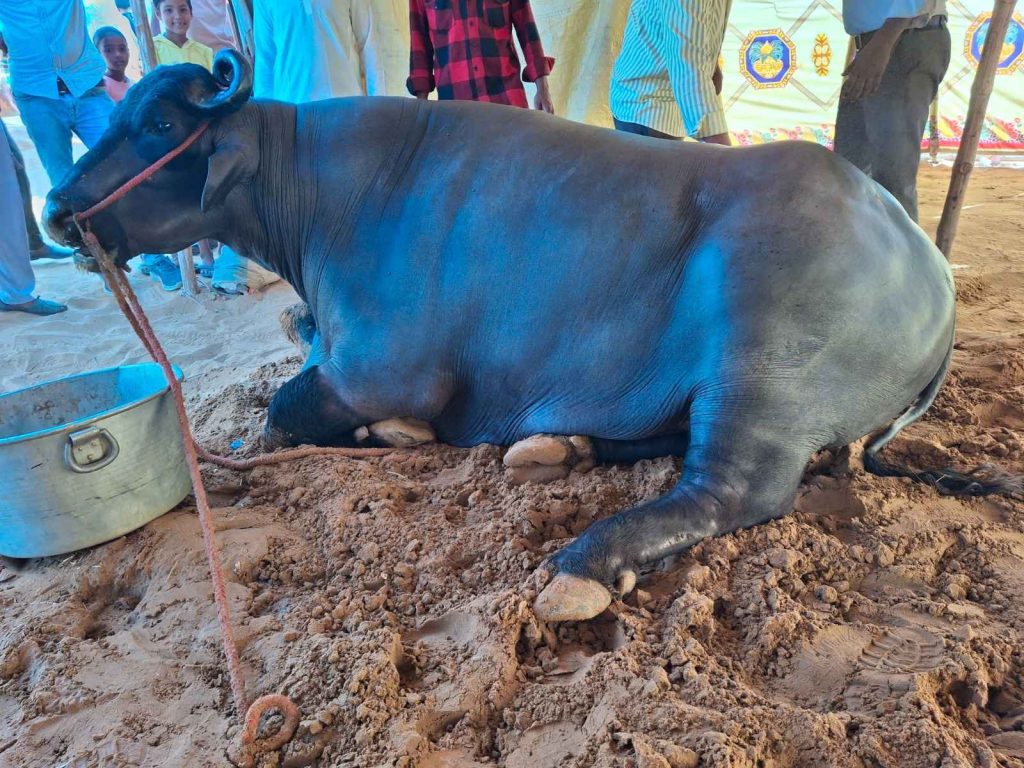
ECONOMY
The Pushkar Fair brings significant economic benefits to the region. Local artisans eagerly await the event each year, as it provides a vital opportunity to sell their handmade goods and promote traditional crafts. The fair plays a key role in showcasing local products, which boosts the local economy and increases employment during this period.

Mr. Lok Bandhu highlights the fair’s broader impact, saying, “This event not only boosts the local economy but also projects Pushkar as a global tourist destination. It benefits not just Ajmer district, but the entire state, from both a cultural and spiritual perspective.” The fair’s international appeal helps elevate Rajasthan’s cultural identity while creating economic opportunities for its people.
